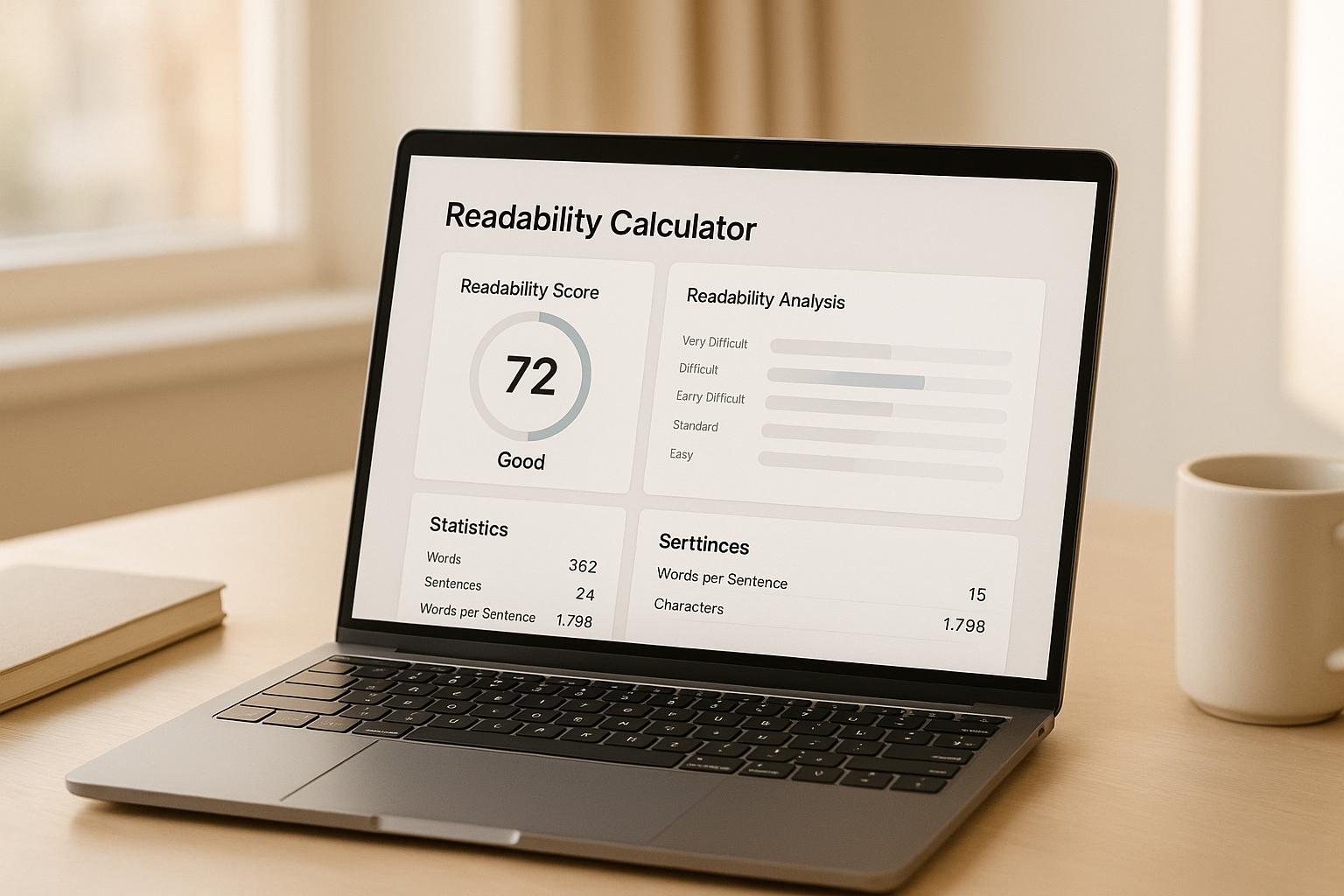

What Is Multivariate Testing? A Quick Guide

What Is Multivariate Testing? A Quick Guide
 29-01-2025 (Last modified: 21-05-2025)
29-01-2025 (Last modified: 21-05-2025)
If you’re looking for ways to optimize your website, landing pages, or marketing campaigns, you’ve probably heard about A/B testing. But what if you want to test multiple changes at once and see how different elements interact? That’s where multivariate testing comes in.
In this article, we’ll break down exactly what is multivariate testing, how it differs from A/B testing, and why it’s a powerful tool for improving marketing performance. Whether you’re new to the concept or looking to refine your approach, this guide will provide a clear understanding of how multivariate testing can benefit your business.
What Is Multivariate Testing?
Multivariate testing (MVT) is an advanced experimentation method that allows marketers to test multiple variables simultaneously to see how they interact and influence user behavior. Instead of simply comparing two versions of a webpage (as in A/B testing), multivariate testing examines all possible combinations of different changes.

Example of a Multivariate Test:
Imagine you’re optimizing a landing page and want to test:
- Headline: “Boost Your Savings Today” vs. “Save More with Us”
- CTA Button Color: Green vs. Blue
- Hero Image: Product shot vs. Lifestyle image
With multivariate testing, you’re not just testing each element in isolation—you’re testing all possible combinations (2x2x2 = 8 variations) to determine which setup performs best.
How Does Multivariate Testing Differ from A/B Testing?
While both A/B testing and multivariate testing aim to optimize user experience and conversions, they work in different ways:
| Feature | Multivariate Testing | A/B Testing |
|---|---|---|
| Variables Tested | Multiple elements simultaneously | One variable at a time |
| Combinations Created | All possible variations of different elements | Two distinct versions (A vs. B) |
| Traffic Requirements | High (traffic is split across multiple combinations) | Lower (only two versions) |
| Insights Provided | How elements interact with each other | The impact of a single change |
When to Use A/B Tests:
- When you want to test a single element (e.g., headline, CTA, or button color).
- When you have lower traffic and need faster results.
- When making major changes to a page.
When to Use Multivariate Tests:
- When you have high traffic and need deeper insights.
- When optimizing multiple page elements simultaneously.
- When refining a webpage rather than overhauling it.

Why Is Multivariate Testing Important for Marketing?
Multivariate testing helps businesses optimize their digital experiences by providing data-driven insights into how different elements influence user behavior. Here’s why it matters:
1. Maximizes Website and Campaign Performance
By testing multiple elements at once, you can fine-tune your website or campaign to achieve the best possible conversion rate.
2. Eliminates Guesswork
Instead of making changes based on intuition, multivariate testing allows you to base decisions on actual user interactions.
3. Enhances User Experience
Understanding how different design elements interact ensures a smoother, more engaging user journey.
4. Saves Time Compared to Sequential A/B Tests
Rather than running multiple A/B tests over time, multivariate testing consolidates testing efforts into a single experiment.
How to Conduct Multivariate Tests
Running a successful multivariate test requires careful planning and execution. Follow these steps to ensure meaningful results:
Step 1: Define Your Goal
Before setting up a test, determine what you’re trying to improve. Common goals include:
- Increasing form submissions.
- Reducing bounce rates.
- Boosting click-through rates (CTR).
Step 2: Choose Your Variables
Identify the elements you want to test. Prioritize high-impact components like:
- Headlines: Messaging that grabs attention.
- CTAs: Placement, wording, and colors.
- Images: Product visuals vs. lifestyle imagery.
- Layout: Different arrangements of elements.

Step 3: Select a Testing Tool
Several tools can help automate and analyze multivariate tests, including:
- PageTest.ai: AI-powered testing and optimization.
- Optimizely: Enterprise-level testing with personalization features.
- VWO (Visual Website Optimizer): A/B and multivariate testing with behavioral analytics.
- Adobe Target: Advanced testing for enterprise businesses.
Step 4: Ensure You Have Enough Traffic
Since traffic is split among multiple variations, you’ll need a large enough audience to achieve statistically significant results. Use an online sample size calculator to determine the required traffic for reliable findings.
Step 5: Run the Test and Collect Data
Launch your test and let it run for at least two weeks or until you reach statistical significance. Avoid stopping tests too early, as this can lead to inaccurate conclusions.
Step 6: Analyze Results and Implement Findings
Once the test concludes, analyze the data to determine which combination performed best. Implement the winning variation and document insights for future optimizations.
Best Practices for Multivariate Testing
To get the most out of multivariate testing, follow these best practices:
- Test High-Impact Pages Run tests on pages that directly impact business goals, such as landing pages and checkout pages.
- Keep the Number of Variations Manageable Too many combinations can dilute traffic and extend the testing period. Stick to a few key elements.
- Monitor Secondary Metrics While conversions may be your primary goal, also track metrics like bounce rate and session duration for a complete picture.
- Use AI-Powered Tools AI-driven platforms like PageTest.ai can speed up testing and provide smarter recommendations.
- Document and Iterate Record findings from each test to build a data-driven optimization strategy over time.
Common Mistakes to Avoid
Even experienced marketers can make mistakes when running multivariate tests. Here are some pitfalls to watch out for:
- Not Running the Test Long Enough: Cutting tests short can lead to misleading results.
- Testing Too Many Variables at Once: If you test too many elements, you may struggle to interpret interactions accurately.
- Ignoring Mobile Users: Ensure tests are optimized for both desktop and mobile audiences.
- Overlooking Statistical Significance: Never make decisions based on inconclusive data.
Final Thoughts: Is Multivariate Testing Right for You?
Now that you know what is multivariate testing, you can determine whether it’s the right approach for your marketing strategy. If you have high traffic and want to fine-tune multiple elements of your digital experiences simultaneously, multivariate testing is an excellent choice. However, if you’re making broader changes or working with lower traffic, A/B testing may be more suitable.
By leveraging multivariate testing effectively, businesses can gain deeper insights, improve user engagement, and drive better conversion rates—all while making data-driven decisions. Ready to optimize? Start experimenting today!
Q&A: Multivariate Testing Explained
What is multivariate testing?
It’s a method of testing multiple elements on a page at the same time to see which combination performs best.
How is multivariate testing different from A/B testing?
A/B tests one change at a time, while multivariate testing tests combinations of multiple changes.
When should I use multivariate testing?
Use it when you have high traffic and want to optimize several elements simultaneously.
What elements can I test?
Common elements include headlines, CTA buttons, images, and layouts.
Do I need special tools for multivariate testing?
Yes, tools like PageTest.ai, VWO, and Optimizely can help set up and analyze tests easily.
say hello to easy Content Testing
try PageTest.AI tool for free
Start making the most of your websites traffic and optimize your content and CTAs.
Related Posts

 08-12-2025
08-12-2025
 Ian Naylor
Ian Naylor
Color Contrast Checker for Accessibility
Ensure your website is accessible with our Color Contrast Checker. Test color combos for WCAG compliance and get instant feedback!

 06-12-2025
06-12-2025
 Ian Naylor
Ian Naylor
Content Readability Calculator for Clarity
Check your text’s readability with our free calculator! Get Flesch-Kincaid and SMOG scores, plus tips to improve clarity for your audience.

 04-12-2025
04-12-2025
 Ian Naylor
Ian Naylor
SEO Keyword Density Checker Made Easy
Analyze keyword frequency with our free SEO Keyword Density Checker. Ensure your content is optimized and avoid overstuffing penalties!
